EPISODE 1
03:47 LAS VEGAS, NV
A Watershed Moment
In this episode, the city of lights looks to a new innovation to help detect the presence of infectious disease: wastewater-based epidemiology. This innovation can measure pathogens in wastewater with almost real-time results, enabling quick action & prevention against the spread of diseases.
A new horizon in public health
Learn about Verily Sightline’s unique datasets are used to keep our communities informed.

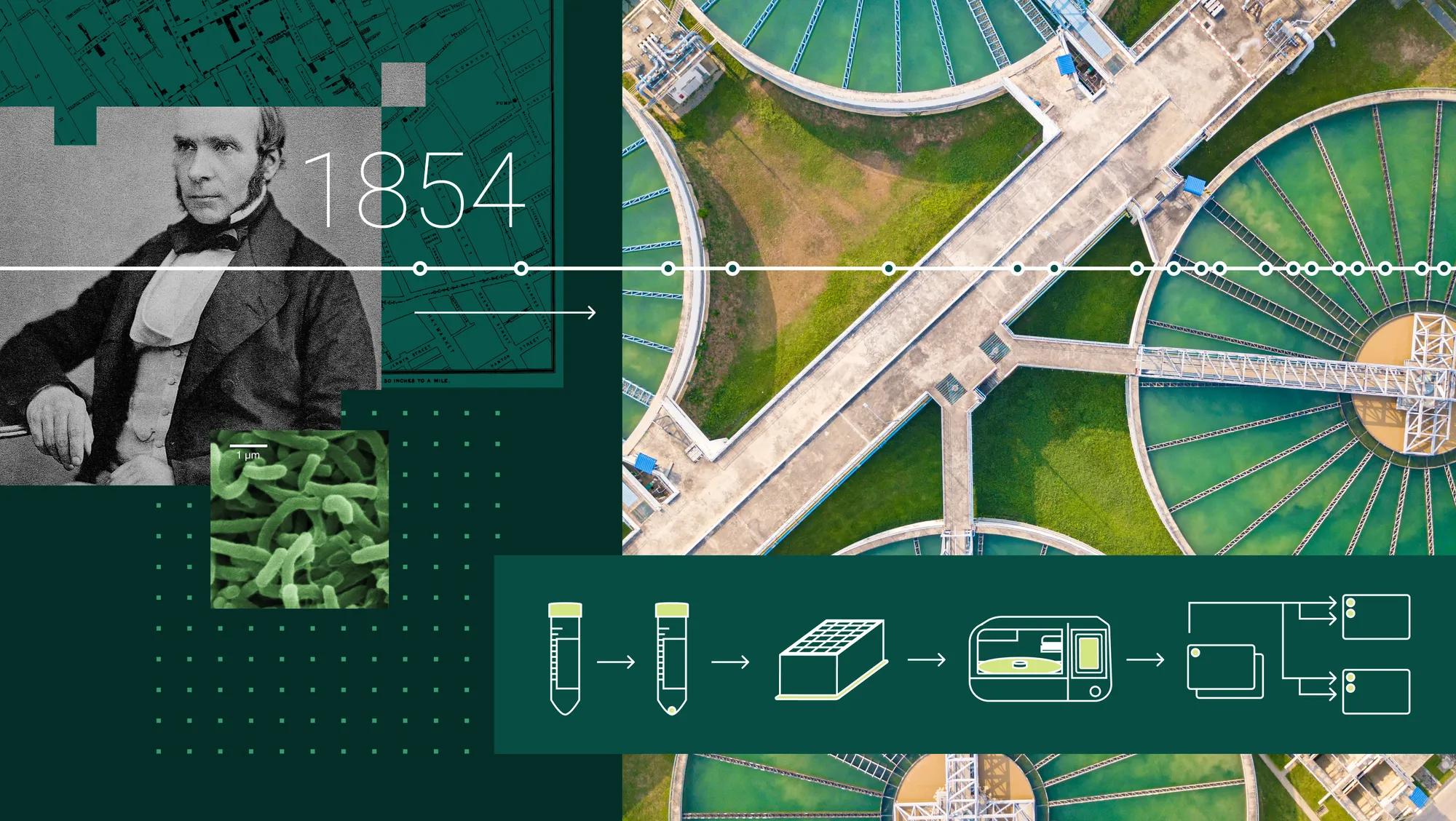
A history of wastewater and the insight it can provide for our communities
Read blog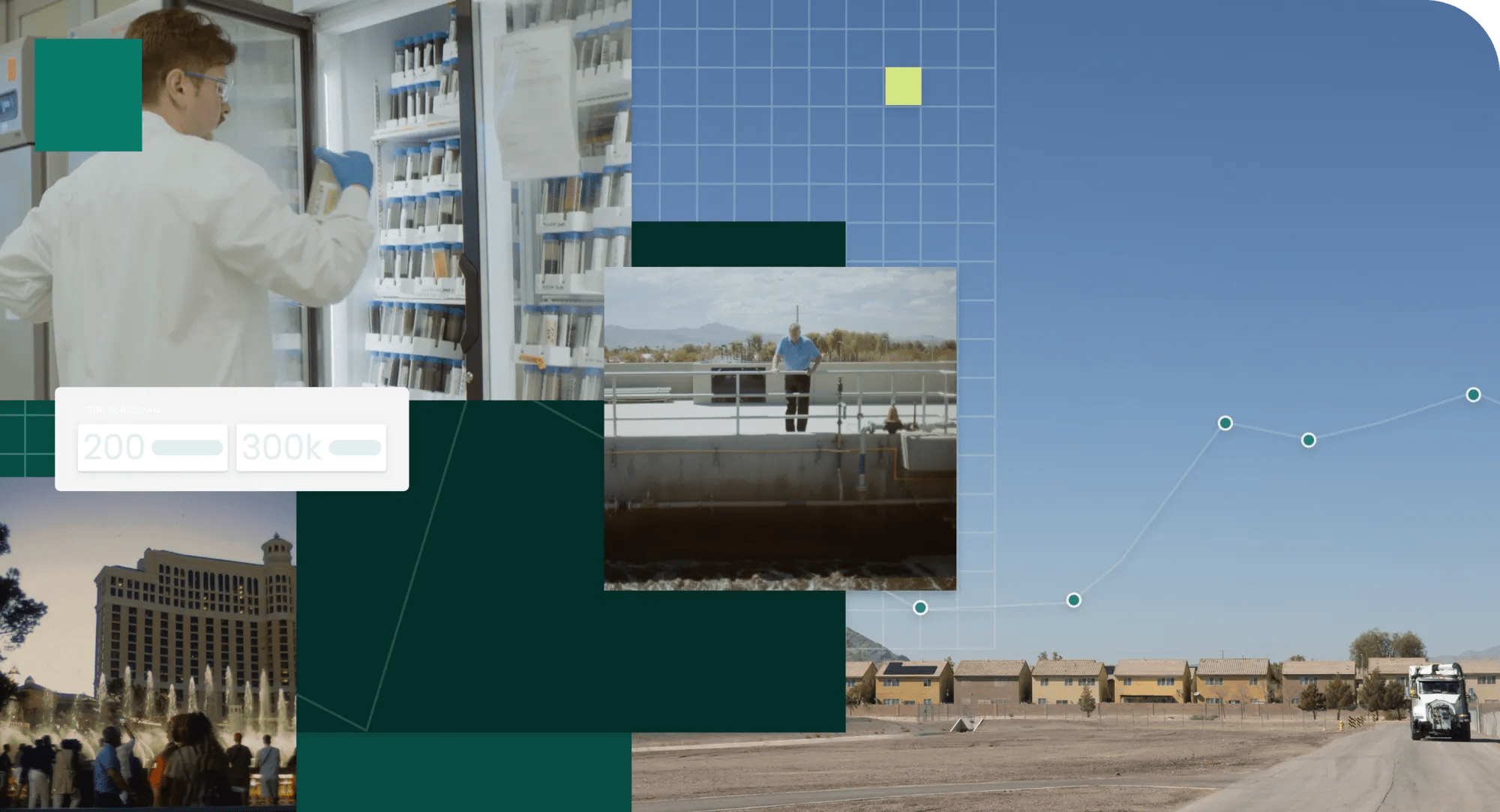
A watershed moment at HLTH 2024
Read blog
Verily Sightline: A New horizon in public health
Read blogOf US population’s wastewater is captured by some of the largest facilities1
Clark County Water Reclamation District is a government wastewater treatment agency with over 100 acres of water treatment land
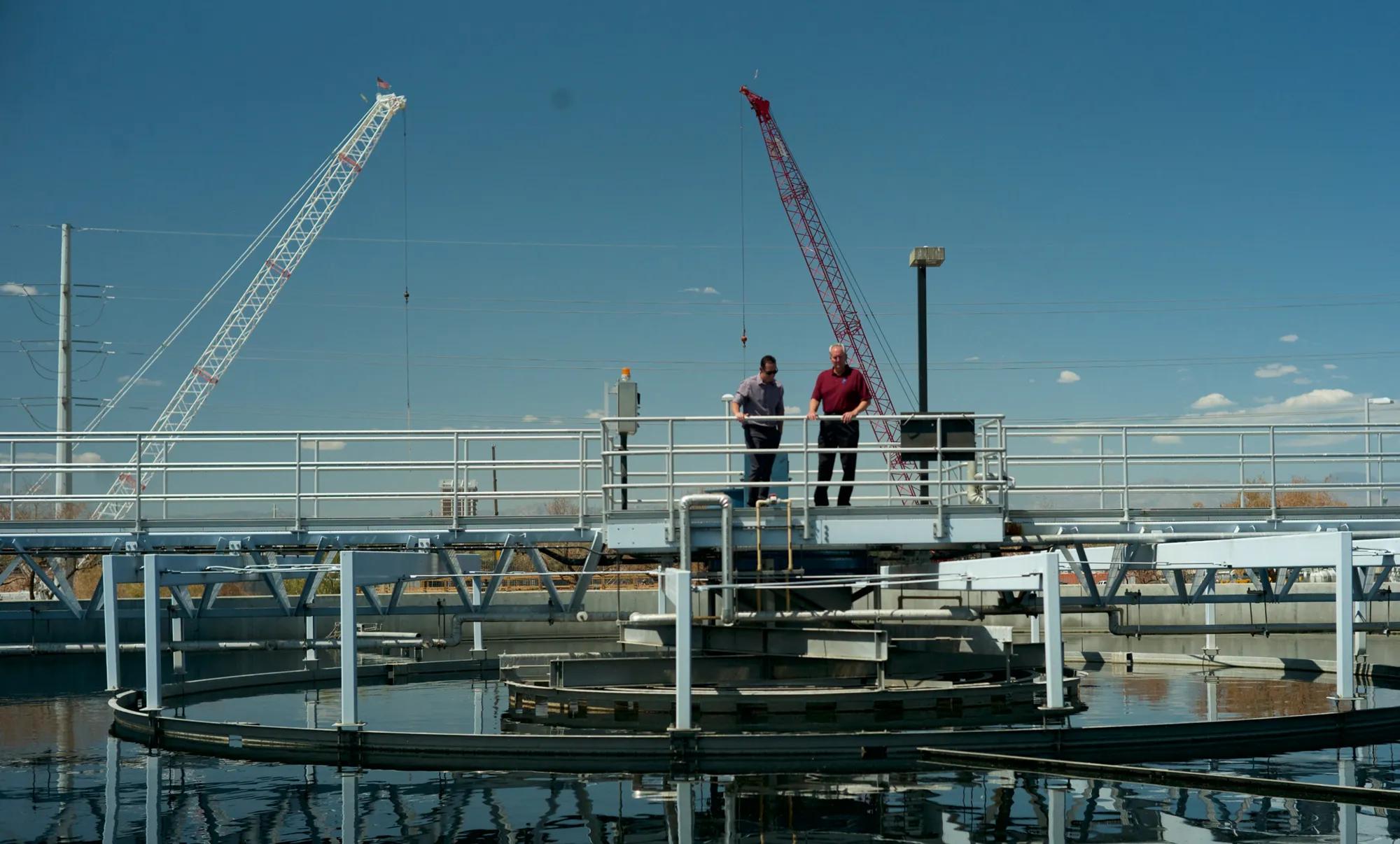

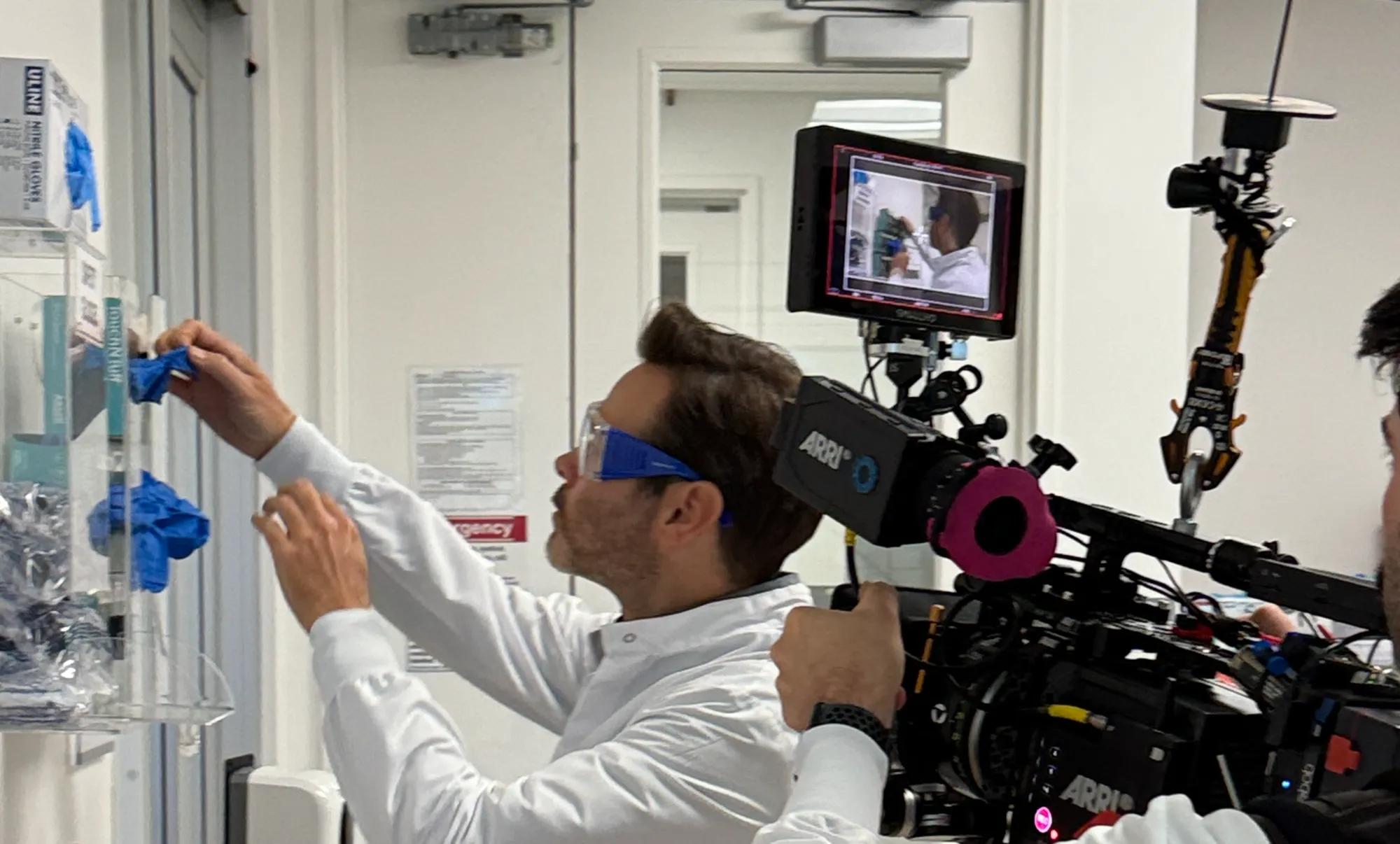

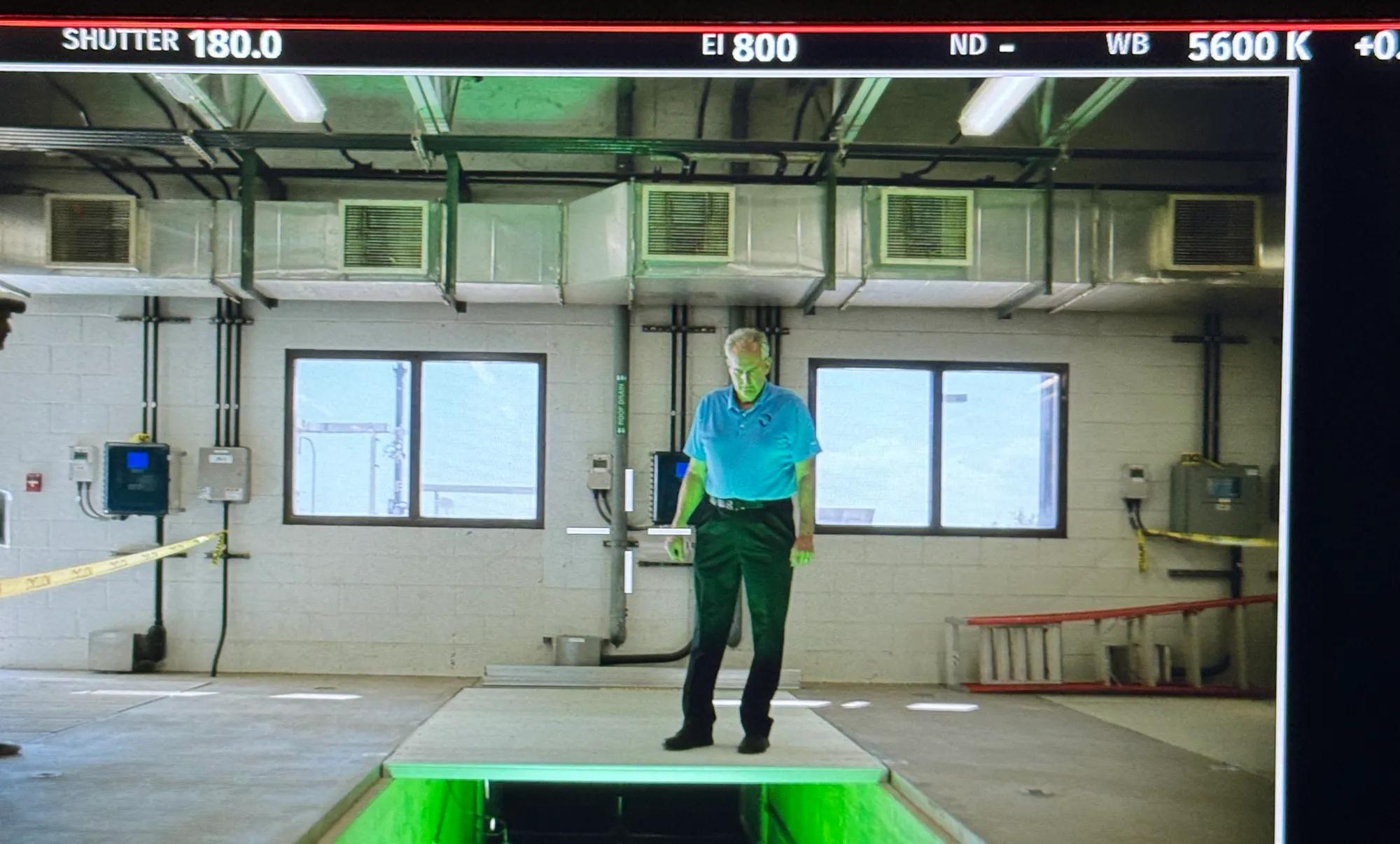

Turning water into wisdom
Clark County Reclamation
DAN FISCHER, DEPUTY GM, CLARK COUNTRY RECLAMATION FACILITY
“Las Vegas is a wonderful place for wastewater monitoring, because not only do we have 2.5 million residents here in the Las Vegas Valley — on any given day we have 300,000 tourists — and wastewater is another way to contribute to the health and welfare of this community.
Our treatment facility processes over 115 million gallons of water daily, allowing us to see what’s going on in the Las Vegas Valley and the bustling Strip. We send our water samples to Verily and within 24 hrs get results about the levels of pathogens present in the wastewater. We can then share that information with our public health officials and they can take actions to keep our community safe. The local public health department has gained invaluable data that has aided in risk communication, intervention evaluation, resource allocation, and clinician education.”
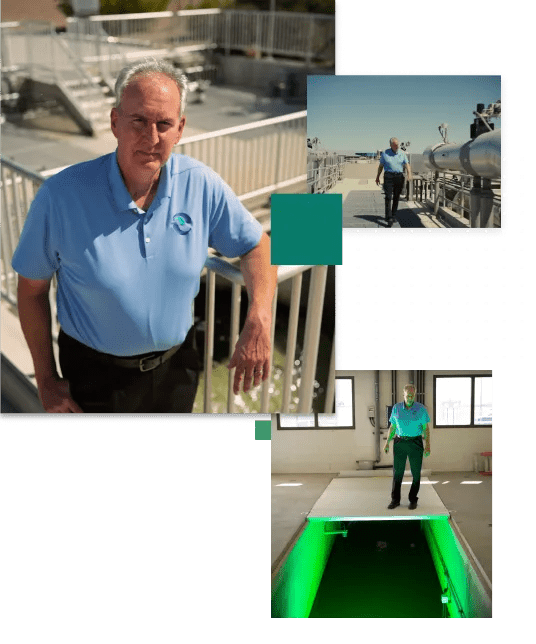
An epidemiologist’s playground
Southern Nevada Water Authority
DAN GERRITY, PRINCIPAL RESEARCH SCIENTIST, SOUTHERN NEVADA WATER AUTHORITY
“I'm part of a larger R&D group that looks at emerging challenges in the water industry. When we started doing wastewater monitoring, what was crazy to me was how accurate it was. It was spot on. It’s truly a portal into what’s happening in the community.
With the results that we get from Verily, all the data is laid out, to be able to present it to our public health officials, so that they can understand what diseases might be out there, to keep that community safe and keep them healthy – without them having to do anything. It has proven to be an effective method for detecting the presence of various diseases circulating in a population, ranging from respiratory illnesses like SARS-CoV-2 and influenza to emerging threats such as mpox and hepatitis A.”
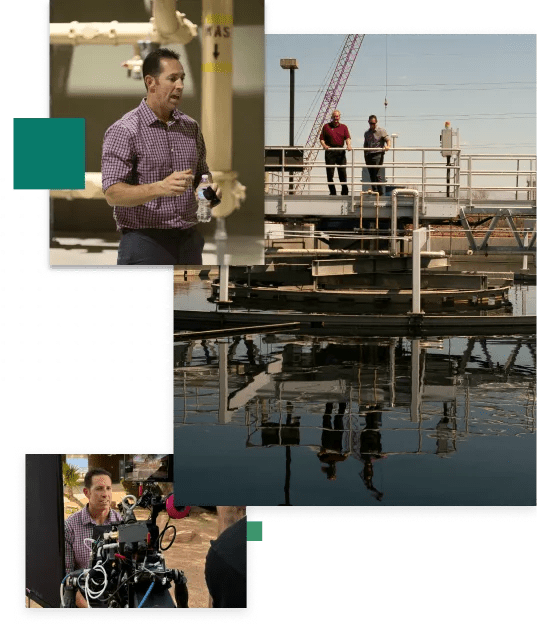
EPISODE 2
05:13 BETHESDA, MARYLAND
A New View on Research
In this episode, we see how using AI to digitize clinical trial protocols can transform the way research sites conduct research. These new tools not only streamline research processes and bring treatments to market faster — they help to preserve our most precious resource — time.
Transforming clinical research
Verily’s AI driven Digital Protocols drive faster, less costly trials, helping bring critical treatments to market sooner.
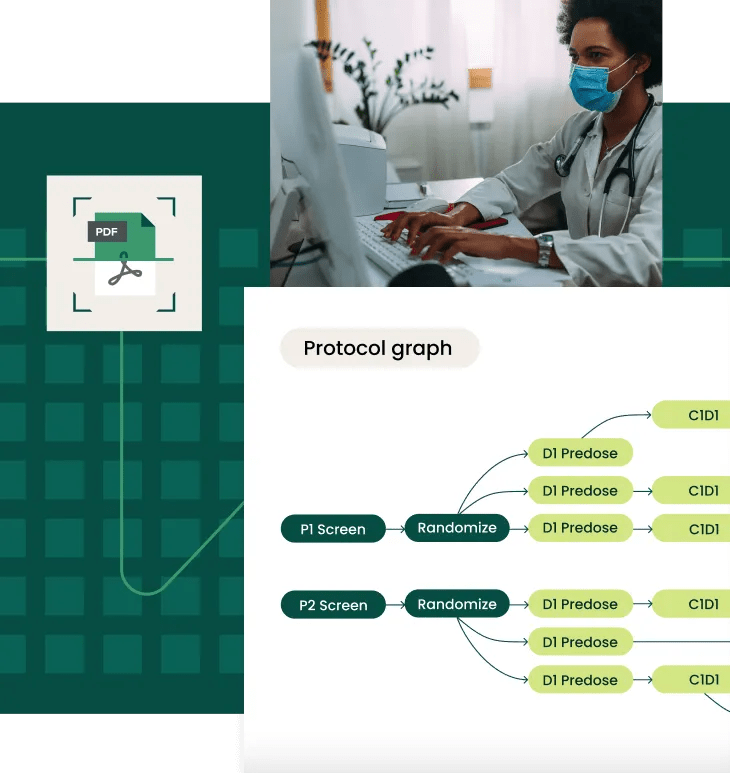
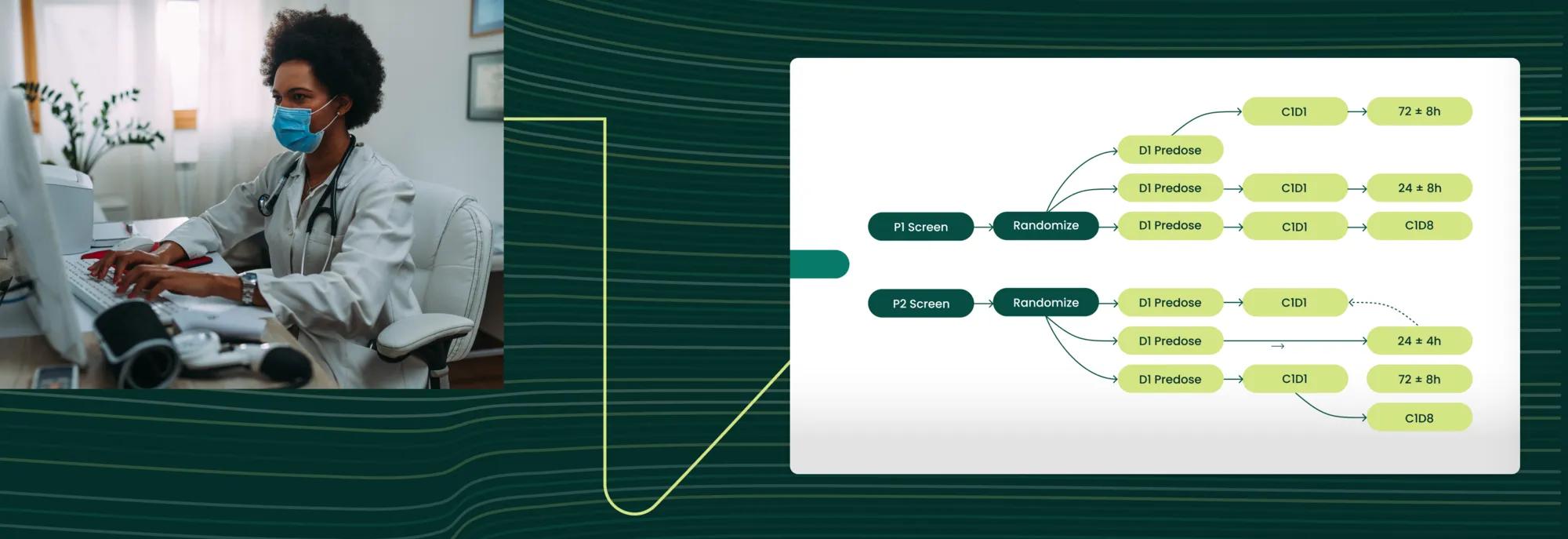
The role of AI in powering digital protocols
Read blog
Protocol digitization – What exactly is this transformative CTMS feature?
Read blog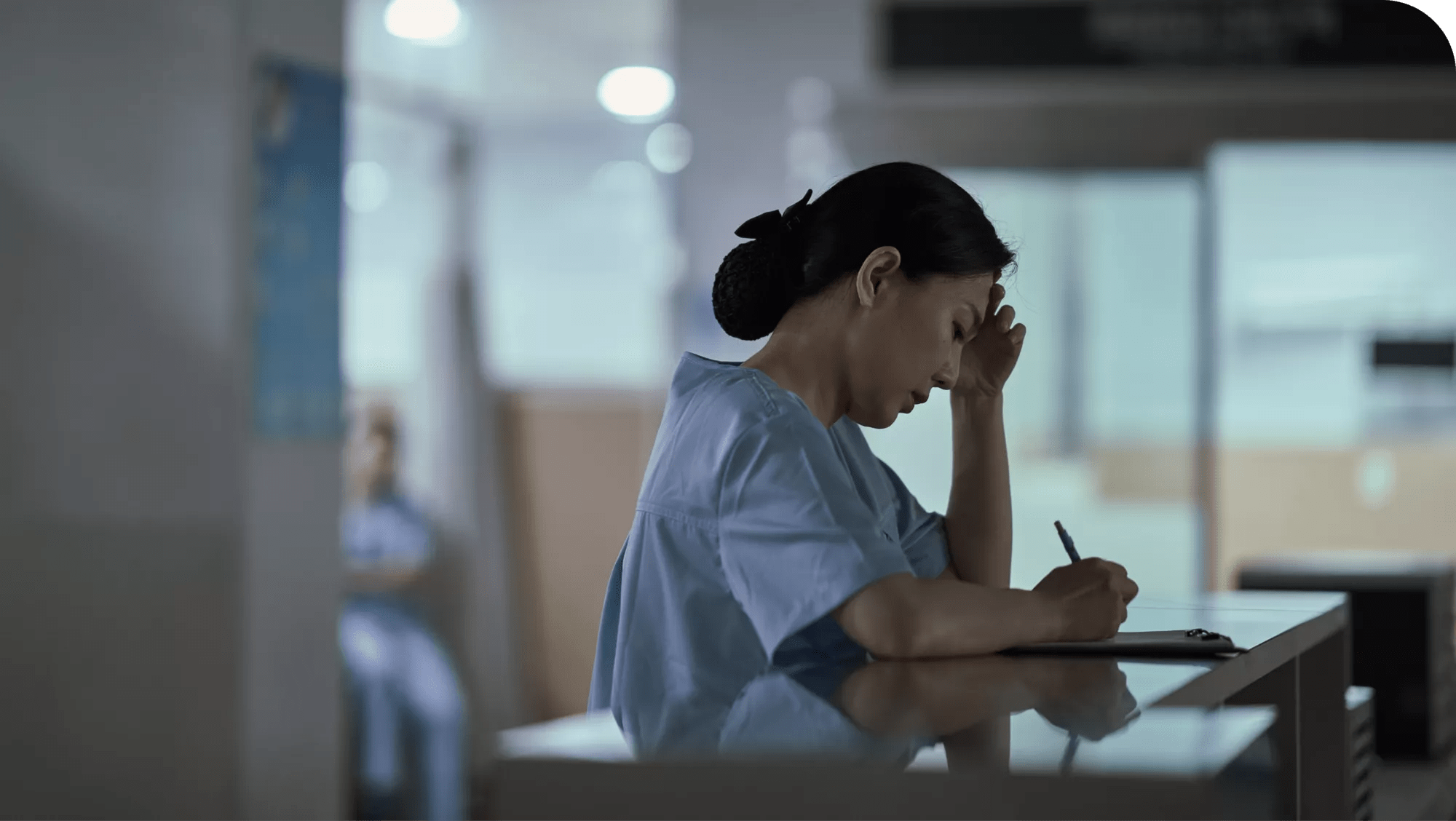
Solving burnout and tech overload in clinical research
Read blog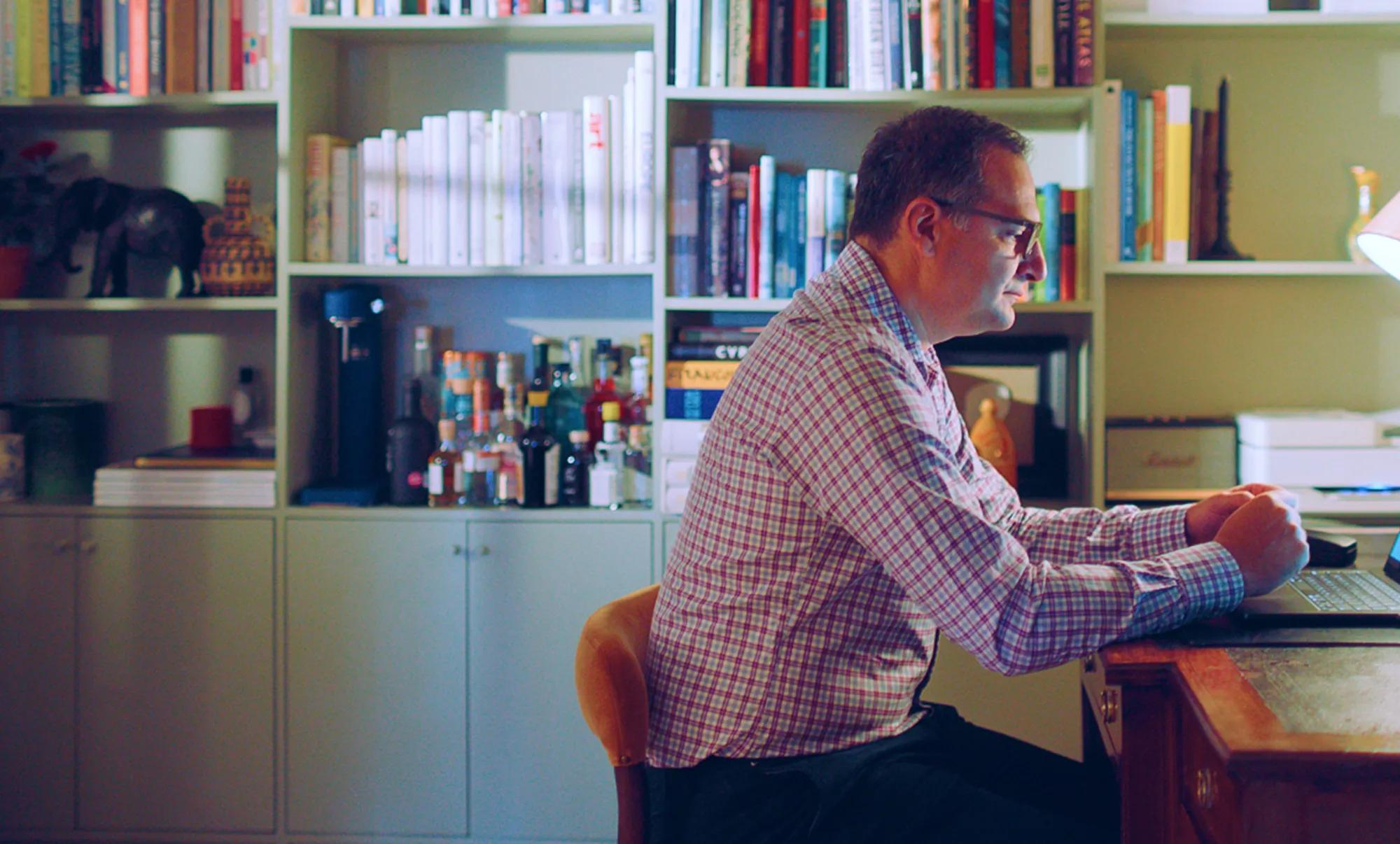
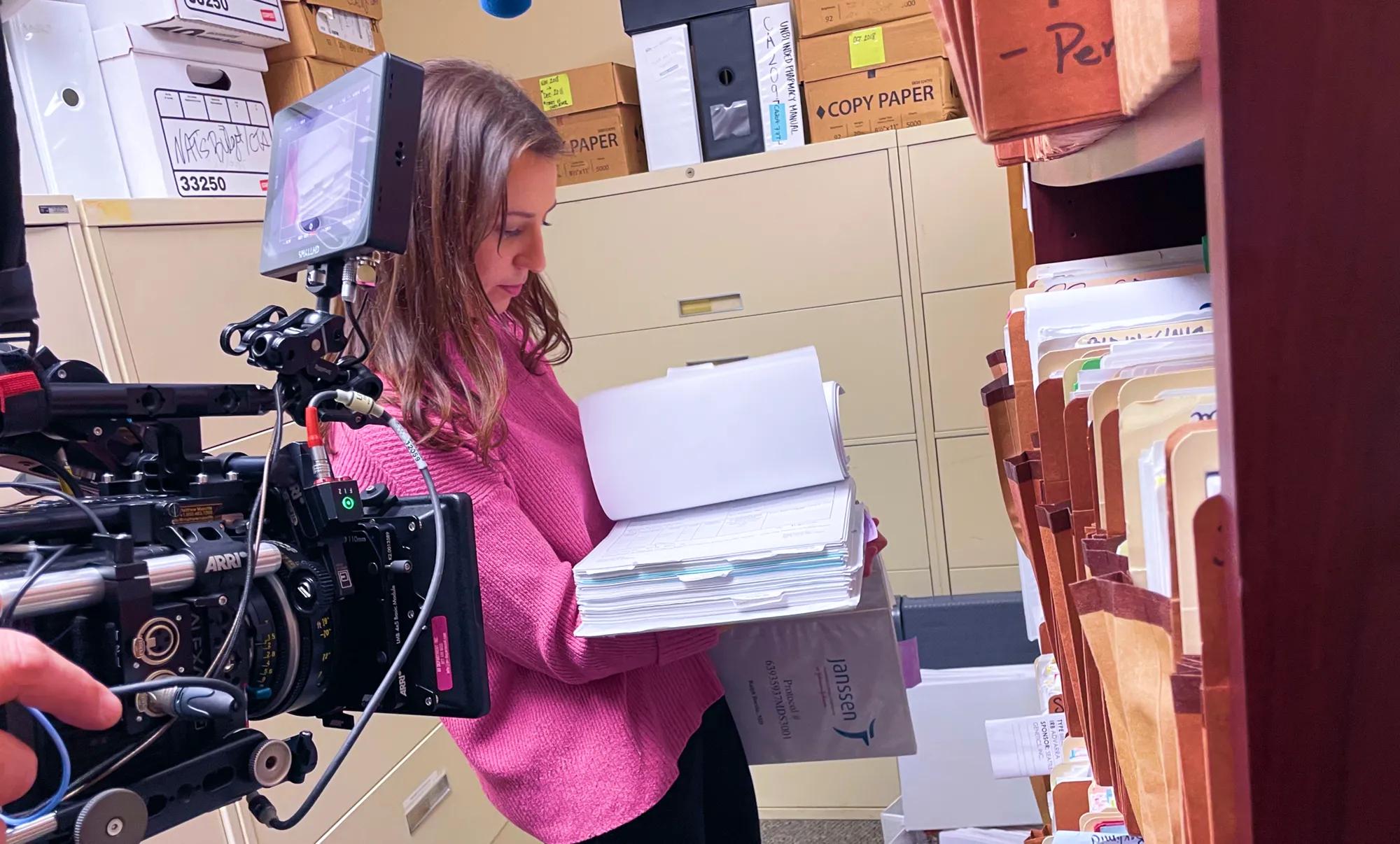
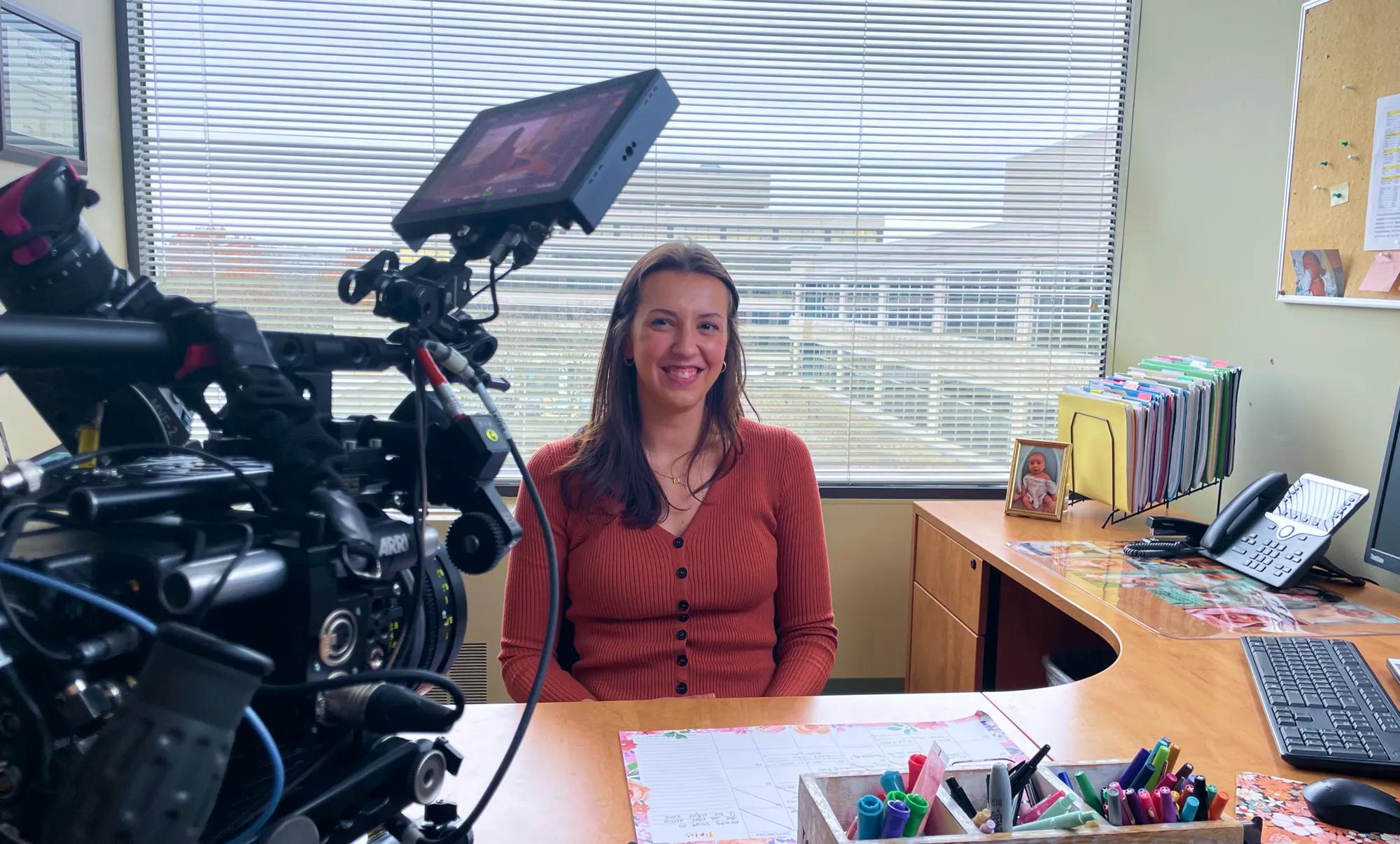
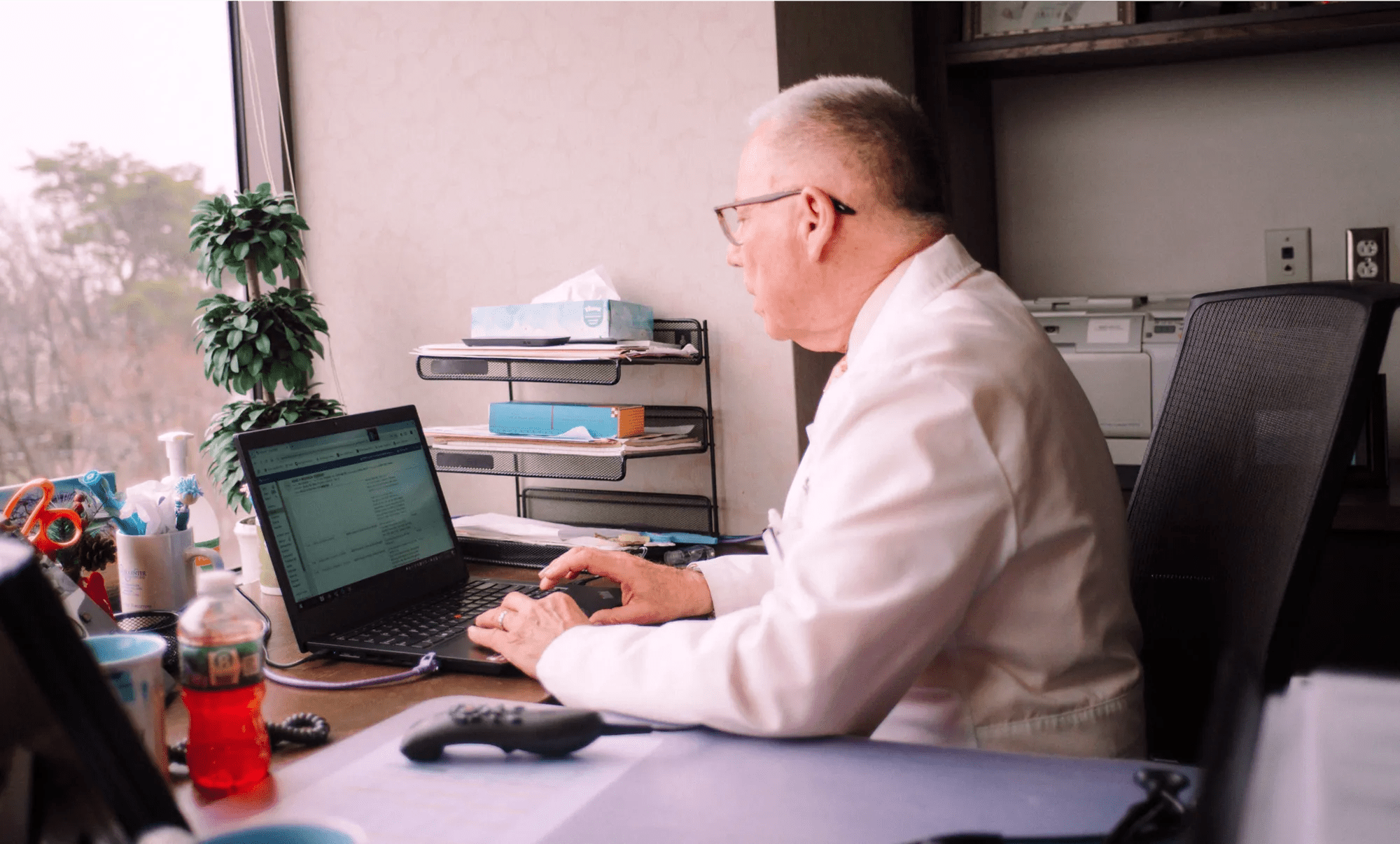
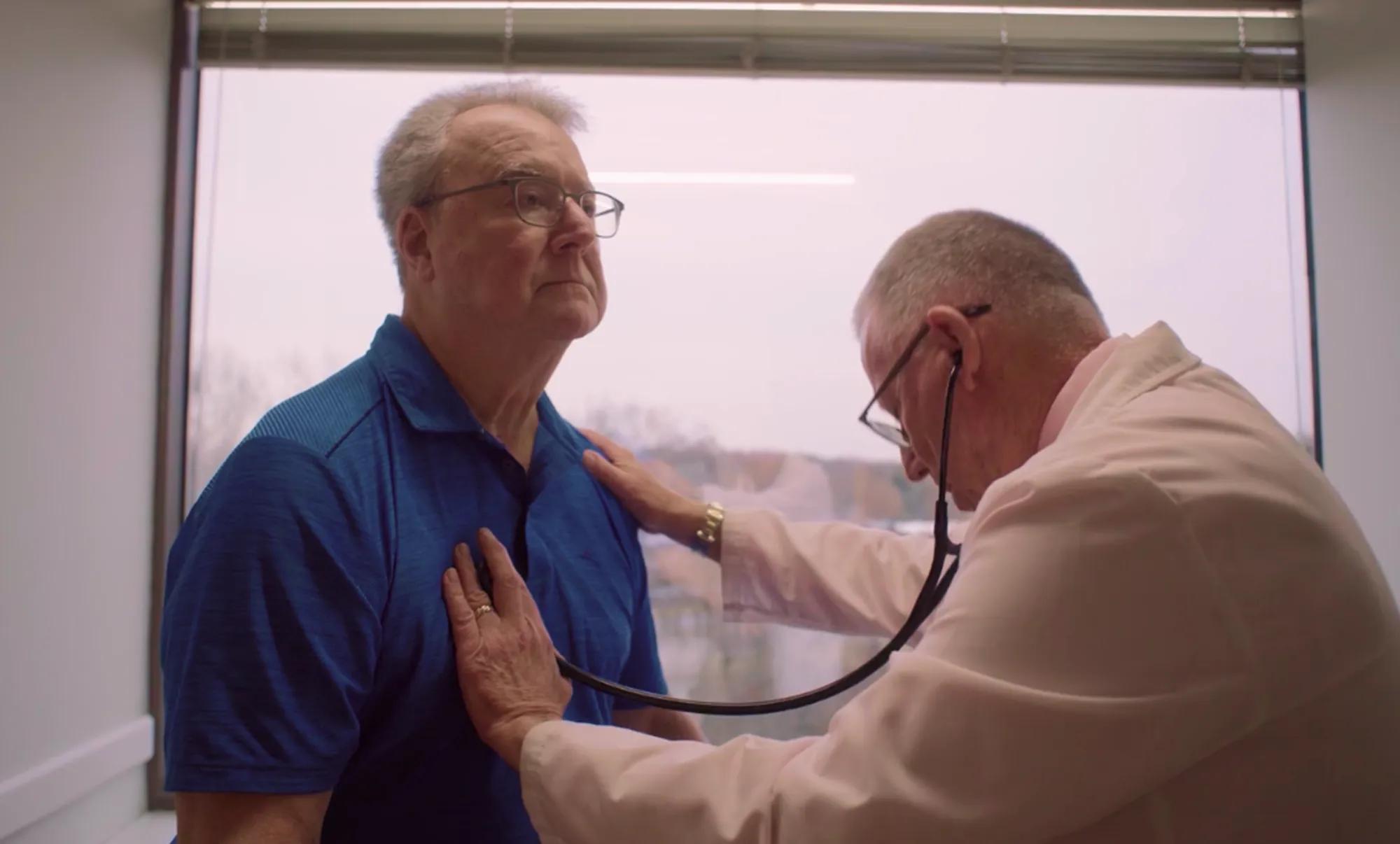
American Oncology Network
TAYLOR STUTZMAN, RESEARCH MANAGER, THE CENTER FOR CANCER AND BLOOD DISORDERS
“When we get selected as a site, the sponsor will ship us out binders for everything. So we'll get this massive shipment of about 3 or 4 different binders. They have all of our protocols. Anybody who's touching any of our patients through the duration of our trial is going to be using this protocol, the pharmacy, for mixing all the medication, our nurses for infusing anything, any of the people, drawing all of our blood that all lives within this binder. So we cannot run our trial without this. Nobody can touch a patient without this.
We're starting to digitize all of our protocols. We're using Verily CTMS – instead of having all these papers here, the protocol is going to be actually uploaded into the system. So we can just easily reference all the data we need within that system without having to come through these binders, through these folders and go page by page and look for things like that.”
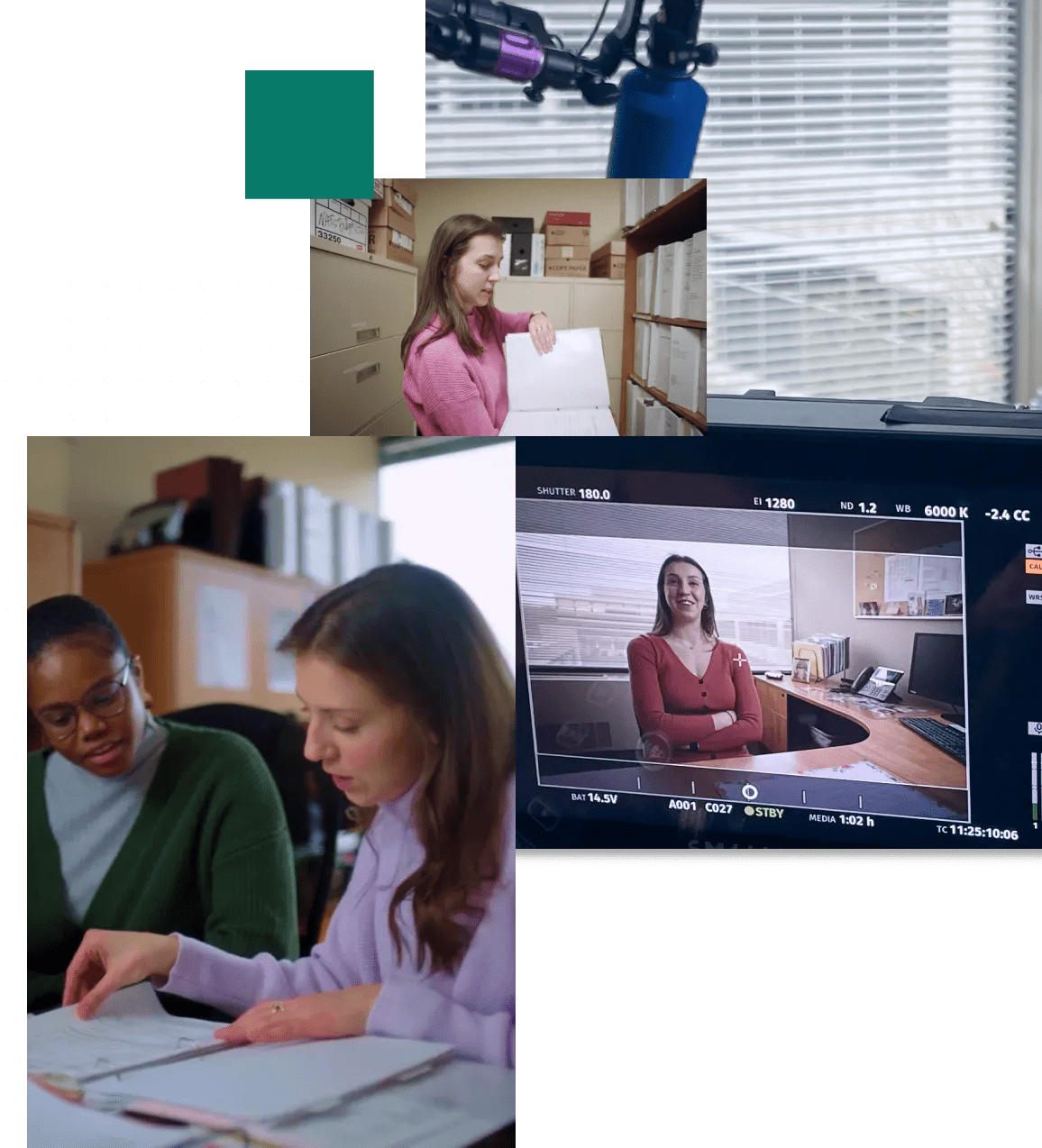
Living with multiple myeloma
MIKE
When I was referred to Dr. Boccia by my primary care physician. He came in with the results of a CAT scan that I'd had, and he did confirm that it was, in fact, multiple myeloma. You know when somebody hits you with that, it's, you just sort of freeze. It shakes you up a little bit when you get that cancer diagnosis. Like, what does this all mean? And I was told by people that I know, get into a clinical trial as soon as you can.
Everything that Dr. Boccia has done for me has maintained my quality of life. I can walk to work, I can exercise, I can still play golf, and so I feel very fortunate about that.
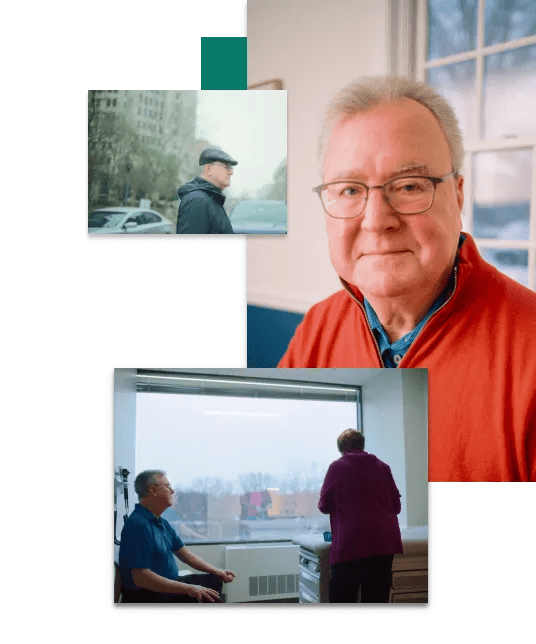
EPISODE 3
04:50 EAST HARLEM, NEW YORK
A Brighter Way to Care
This episode explores how Verily is using AI to help clinicians and care teams prioritize higher risk patients and personalize care plans, from nutrition and exercise to the motivating prompts to keep people actively engaged in their health day to day.
Proactive, personalized, and dynamic
Verily Lightpath is a personalized AI powered chronic care solution backed by clinical experts.
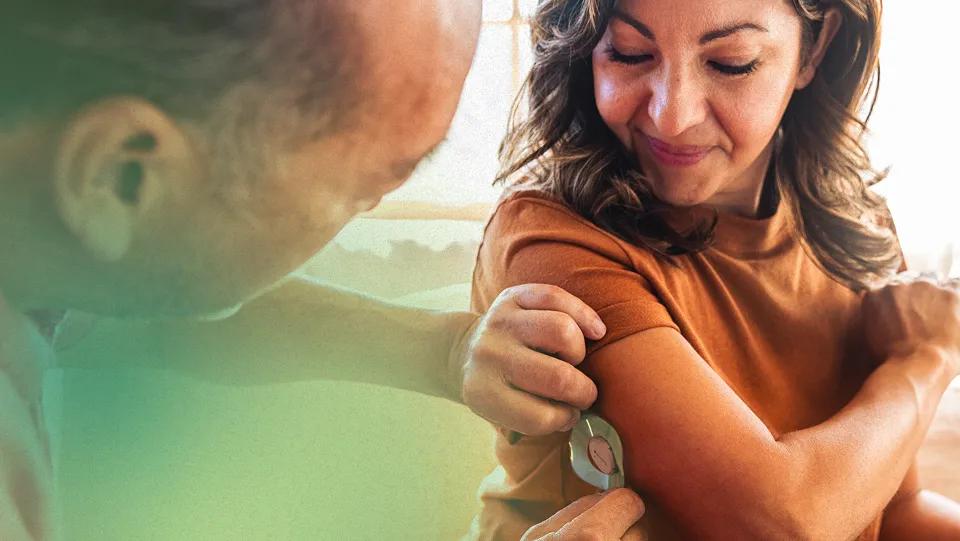

Unlocking the potential of GLP-1 agonists
Read blog
Discover Dr. Sarah Thompson’s passion for innovating and humanizing chronic care
Read blog
Verily in ‘25 and beyond: powering AI for precision health
Read blog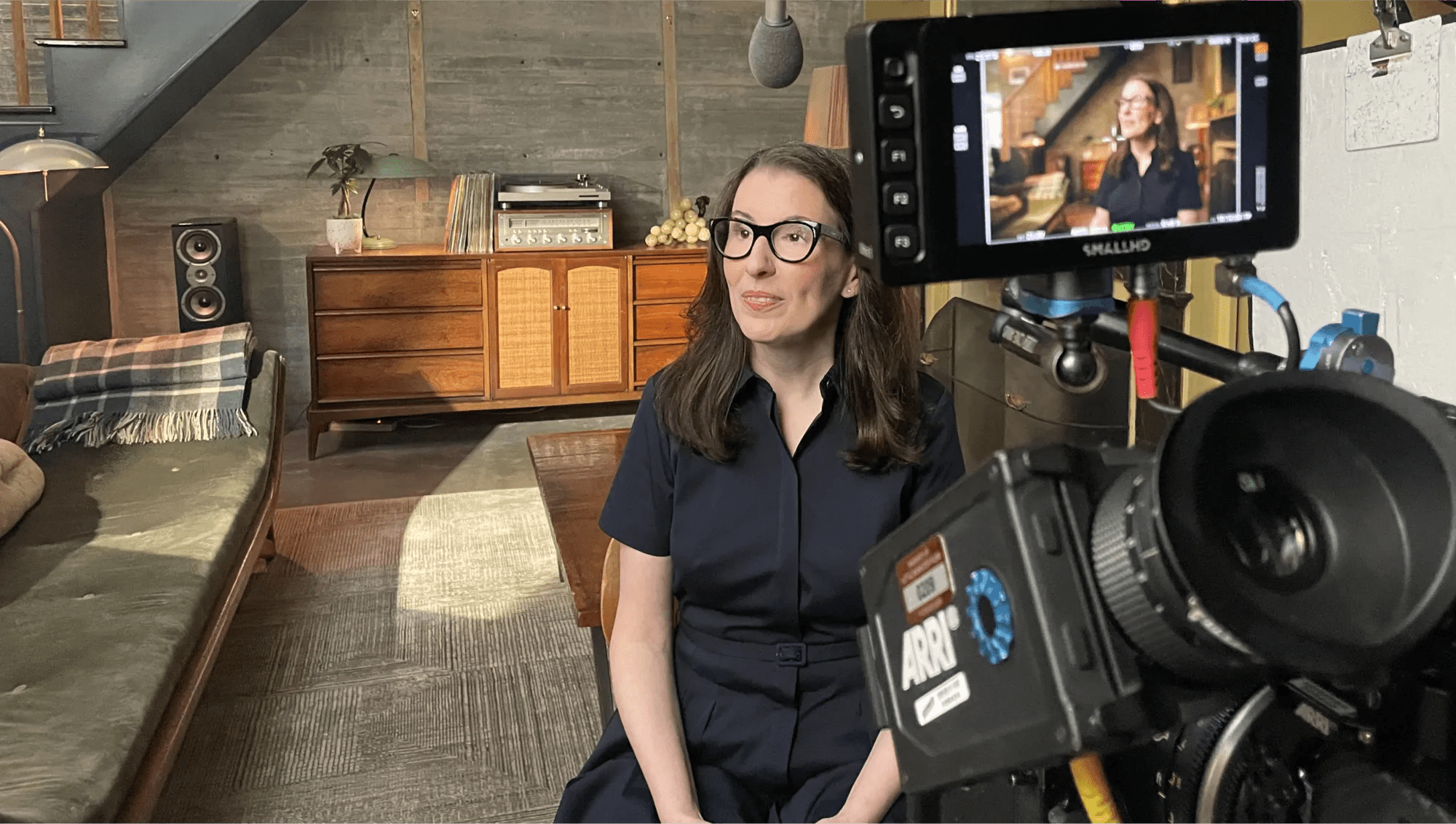
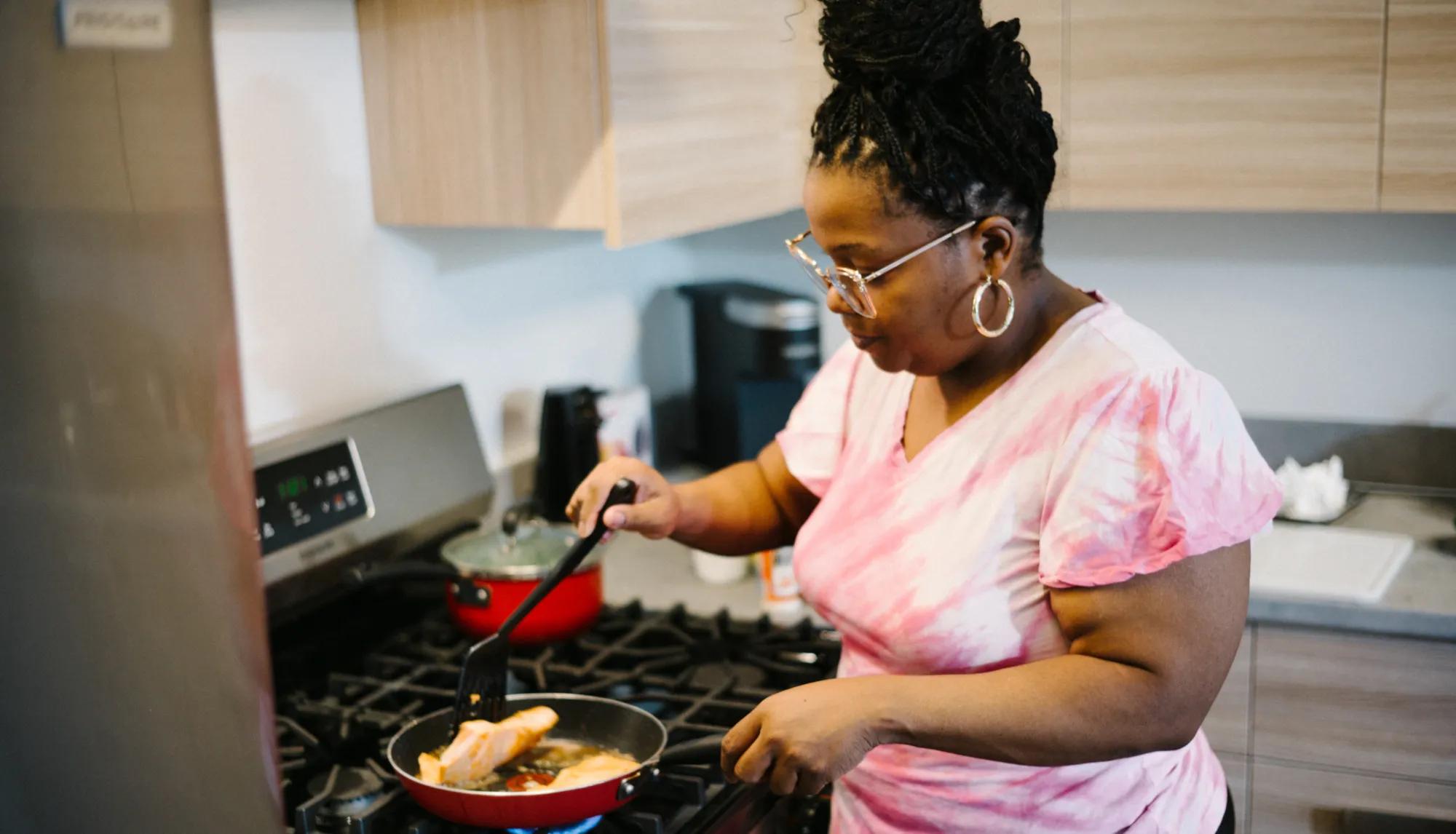
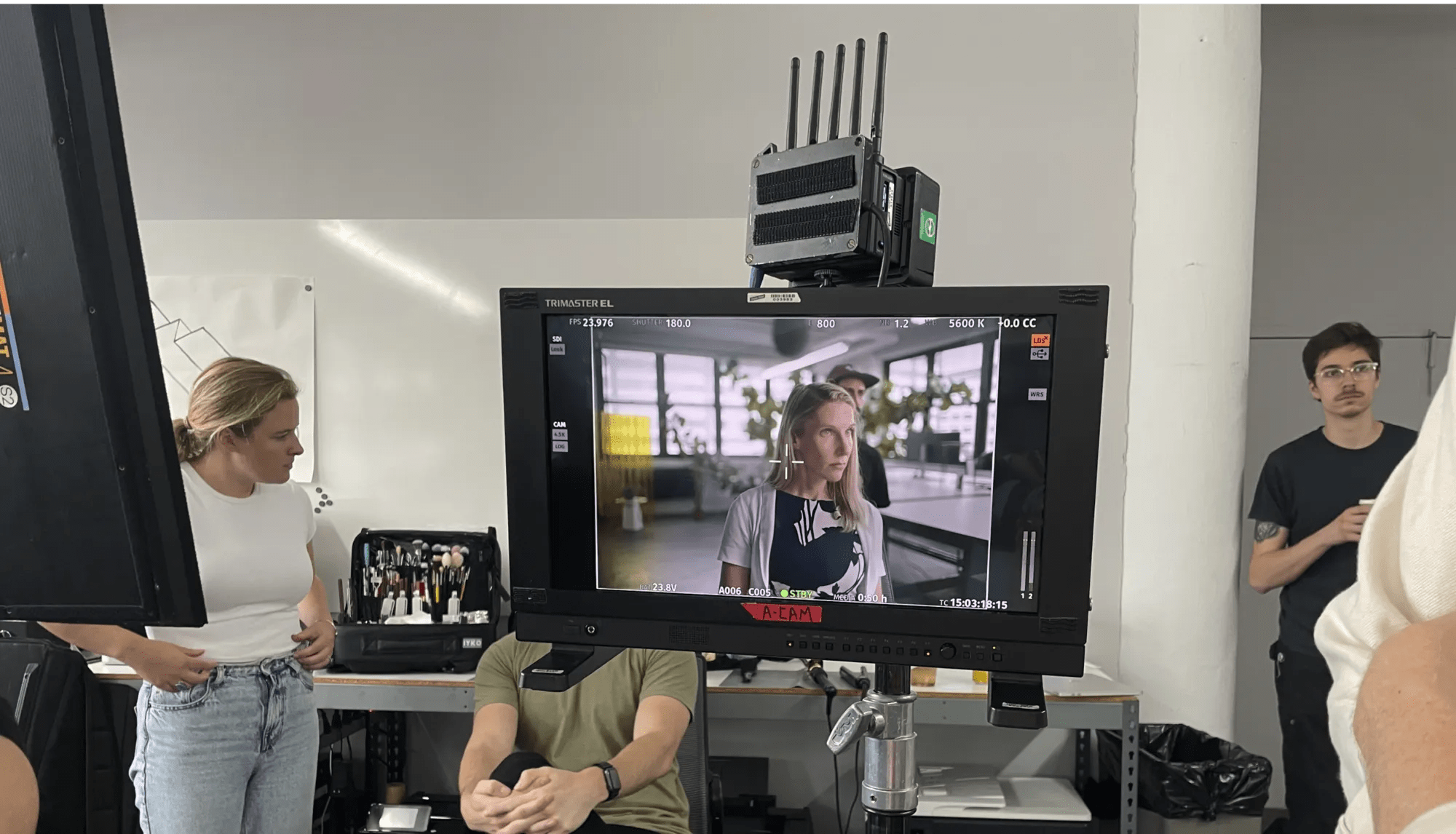

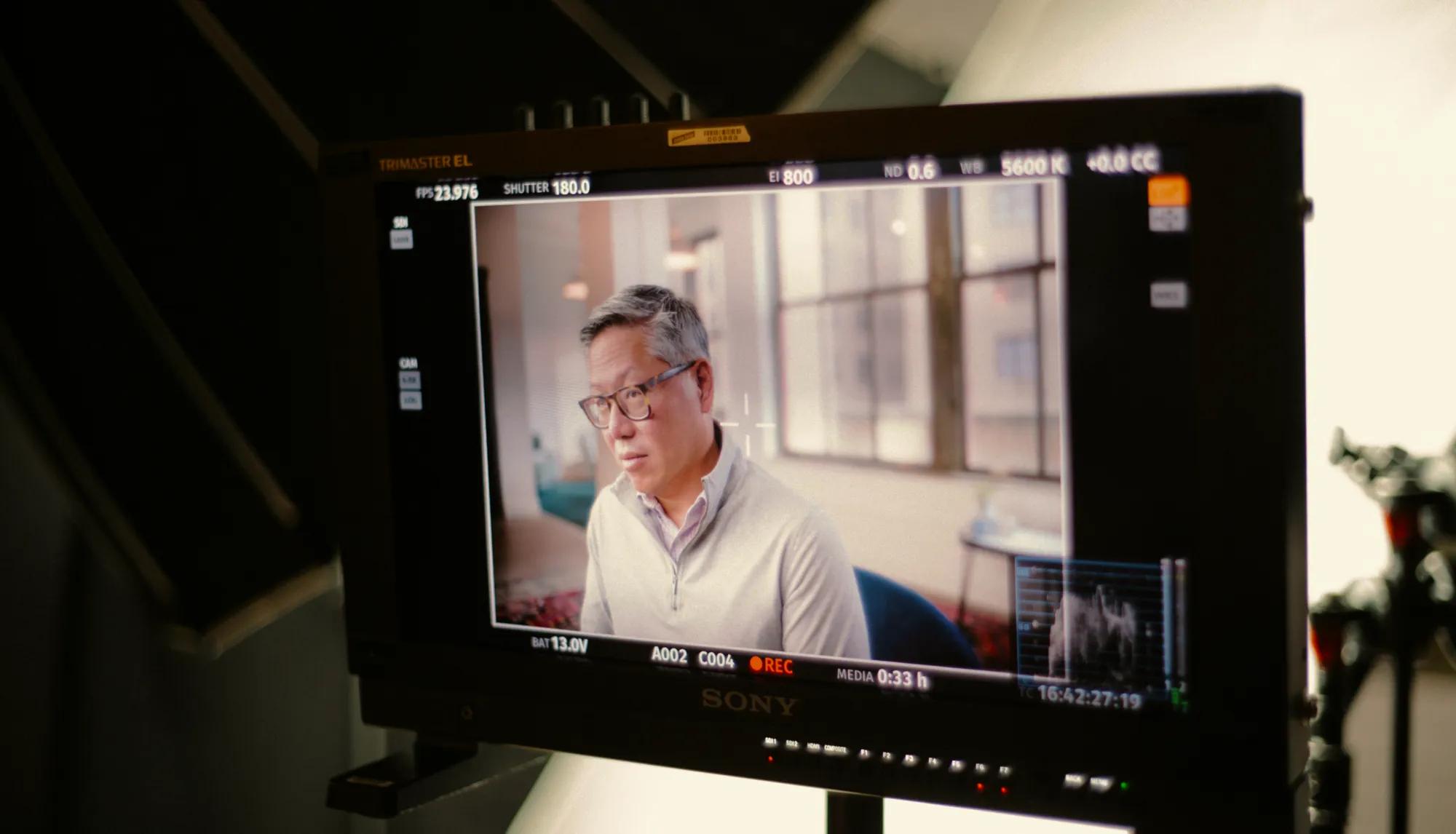
Living with diabetes
Nini
I think people with diabetes really need to know how what they eat affects their health. Having the app at my fingertips 24-7 was really helpful. It was great to have information in one place. I liked the fact that if there was a question that needed to be bumped up, I could be referred to someone like an actual doctor. You can do that on the go. It really just takes a few minutes. You don’t have to worry about booking a doctor's appointment or dropping into urgent care.
Another feature of the app that I found particularly helpful was the meal logging agent. I can take a picture of my meal, and it lets me know information about the nutrition of what I was eating. I think that's really helpful to be able to do it right in the moment. It offers healthy meal options as alternatives to some of the not-so-healthy meals I’ve been eating — as well as healthy snacks and recipes.
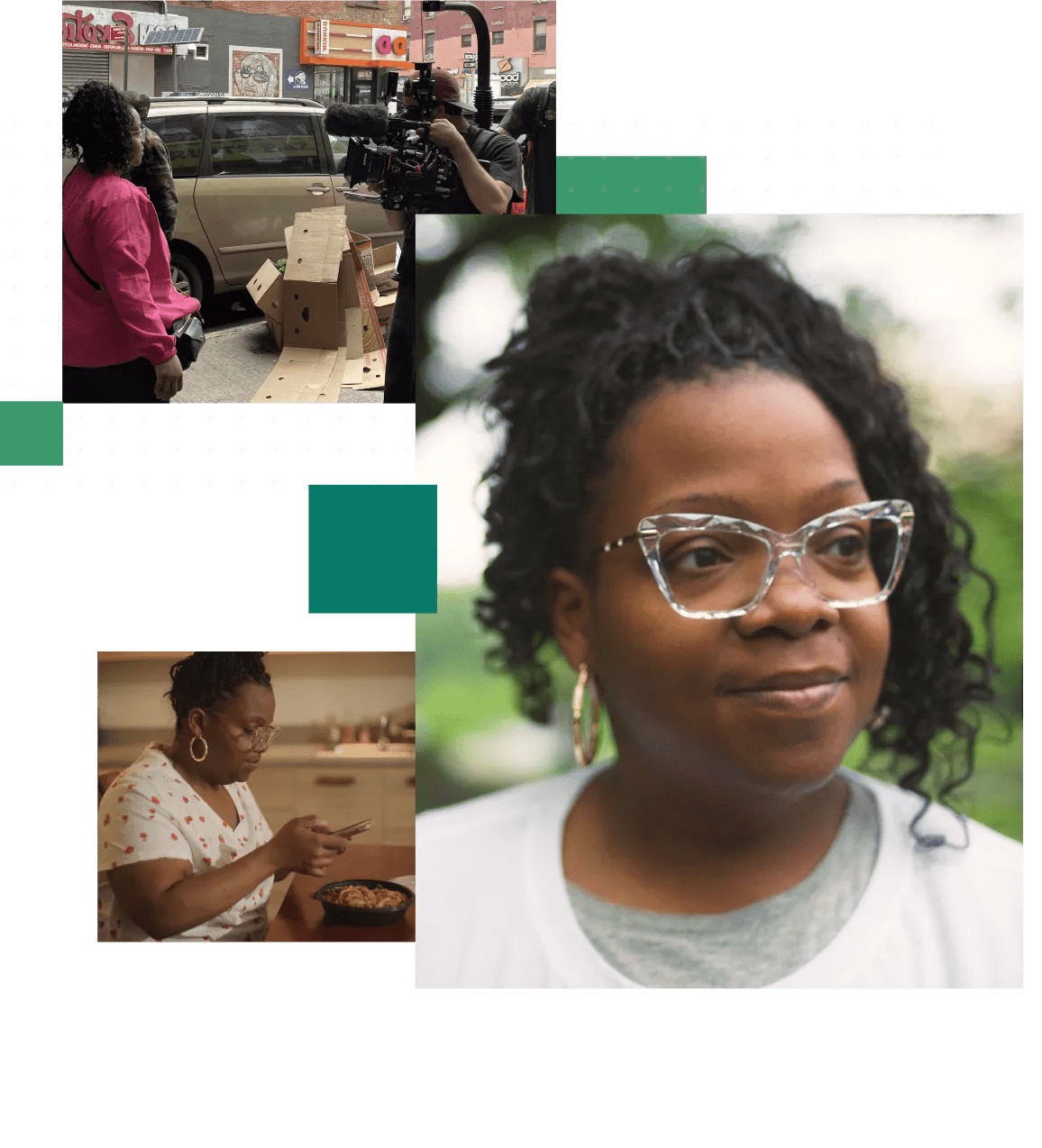
Treatment considerations
Nini
I take Metformin, and I've been talking with my doctor. We've been considering one of the GLP-1s and she mentioned she thinks it'll be a really good aid for me to manage my levels. For me, what appeals to me about taking a GLP-1 is that it's an injection and you only take it once a week. She said it could potentially replace the metformin, so I wouldn't have to be taking both. And that not only would it help manage my blood sugar, but it can also help with weight loss. You know, it's a no-brainer for me.
It isn't a magic pill. It's definitely an aid. And you have to do the work to see results, managing what you're eating, having good nutritional habits, getting in enough water, and then walking or exercising — moving your body.
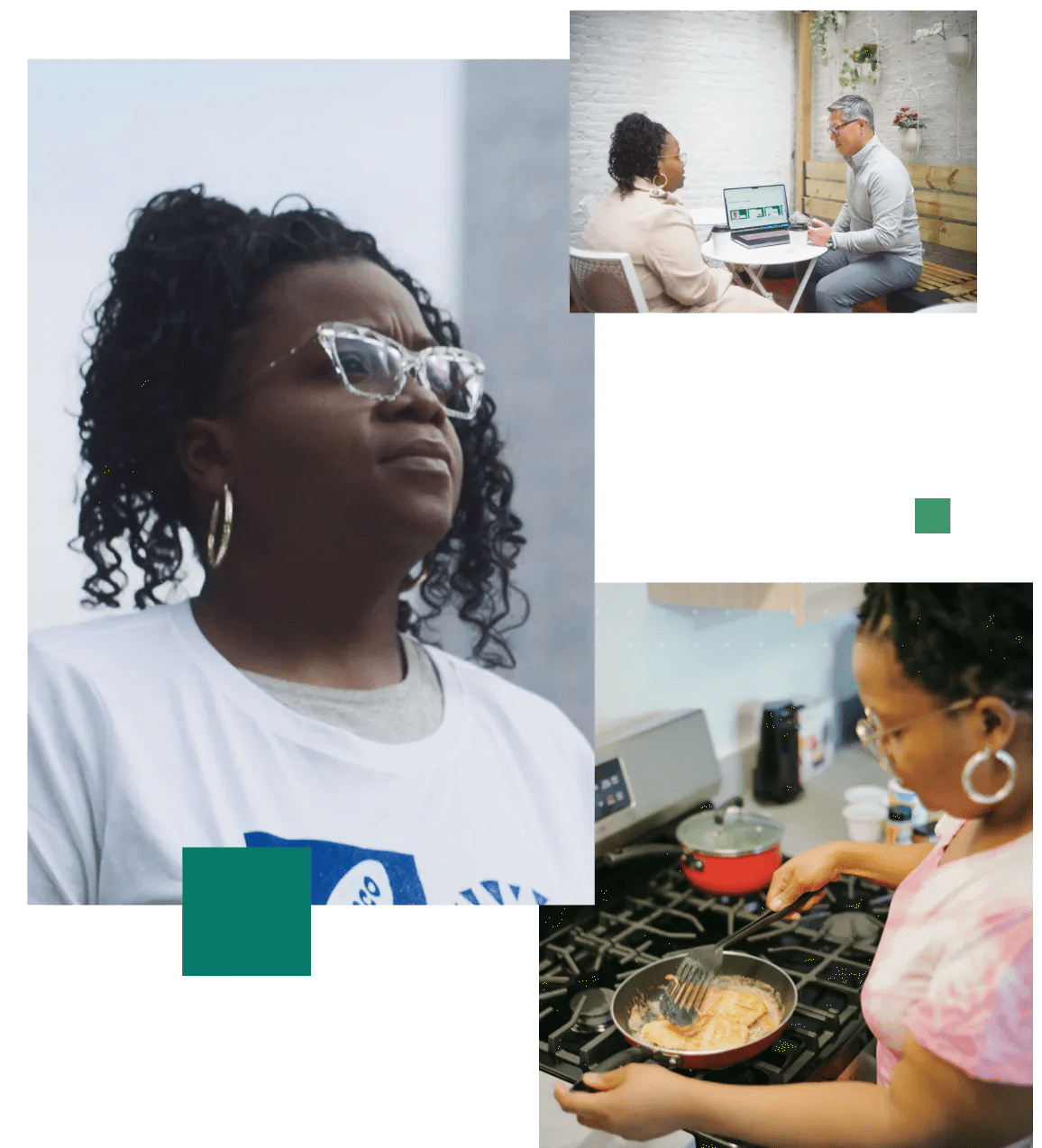
Stay in touch
We’ll send you an email when the newest N of 1 episode is ready to watch.
About
1American Society of Civil Engineers. A Comprehensive Assessment of America's Infrastructure: 2025 Report Card for America's Infrastructure. Published online.
https://infrastructurereportcard.org/cat-item/wastewater-infrastructure
2Lundeen, E., Burke-Conte, Z., Rein, D., et al. (2023, June 16). Prevalence of diabetic retinopathy in the US in 2021. JAMA Ophthalmology. Published online.
https://jamanetwork.com/journals/jamaophthalmology/fullarticle/2806093
3Shetty, A. (2024, March 5). Four steps to accelerate study start-up cycles. Applied Clinical Trials Online.
https://www.appliedclinicaltrialsonline.com/view/four-steps-to-accelerate-study-start-up-cycles
4O'Hearn, M., Lauren, B. N., Wong, J. B., Kim, D. D., & Mozaffarian, D. (2022). Trends and disparities in cardiometabolic health among U.S. adults, 1999–2018. Journal of the American College of Cardiology, 80(2), 138–151.https://www.jacc.org/doi/10.1016/j.jacc.2022.04.046 American Society of Civil Engineers. A Comprehensive Assessment of America's Infrastructure: 2025 Report Card for America's Infrastructure. Published online.
https://infrastructurereportcard.org/cat-item/wastewater-infrastructure
*Compared to a baseline digitization process prior to the implementation of AI. Results seen at a Viewpoint Site CTMS client.